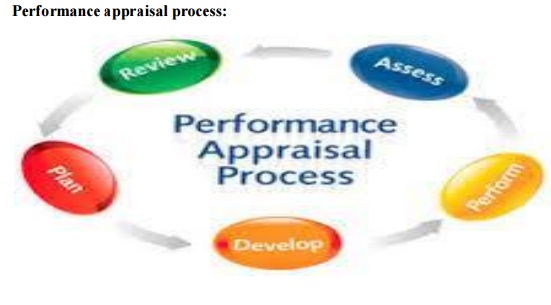Chapter: Civil : Engineering Economics and Cost analysis : Cost And Break Even Analyses
Cost- benefit analysis
Cost- benefit
analysis
Cost-benefit
analysis (CBA), sometimes called benefit-cost
analysis (BCA), is a systematic approach to estimating the strengths and
weaknesses of alternatives that satisfy transactions, activities or functional
requirements for a business. It is a technique that is used to determine
options that provide the best approach for the adoption and practice in terms
of benefits in labor, time and cost savings etc. (David, Ngulube and Dube,
2013). The CBA is also defined as a systematic process for calculating and
comparing benefits and costs of a project, decision or government policy .
To provide a basis for comparing
projects. It involves comparing the total expected cost of each option against
the total expected benefits, to see whether the benefits outweigh the costs,
and by how much.
CBA is related to, but distinct
from cost-effectiveness analysis. In CBA, benefits and costs are expressed in
monetary terms, and are adjusted for the time value of money, so that all flows
of benefits and flows of project costs over time (which tend to occur at
different points in time) are expressed on a common basis in terms of their
"net present value.
Closely related, but slightly
different, formal techniques include cost-effectiveness analysis, cost-utility
analysis, risk-benefit analysis, economic impact analysis,
fiscal impact analysis, and Social return on investment (SROI) analysis.
Performance appraisal process:

A performance appraisal is a
systematic and periodic process that assesses an individual employee's job
performance and productivity in relation to certain pre-established criteria
and organizational objectives. Other
aspects of individual employees are considered as well, such as organizational
citizenship behavior, accomplishments, potential for future improvement,
strengths and weaknesses, etc.
To collect PA data, there are
three main methods: objective production, personnel, and judgmental evaluation.
Judgmental evaluations are the most commonly used with a large variety of
evaluation methods. Historically, PA has been conducted annually (long-cycle
appraisals); however, many companies are moving towards shorter cycles (every
six months, every quarter), and some have been moving into short-cycle (weekly,
bi-weekly) PA . The interview could function as 'providing
feedback to employees, counseling and developing employees, and conveying and
discussing compensation, job status, or disciplinary decisions PA is often
included in performance management systems. PA helps the subordinate answer two
key questions: first, "What are your expectations of me?" second,
"How am I doing to meet your expectations
Performance management systems
are employed 'to manage and align" all of an
organization's resources in order to achieve highest possible performance. 'How
performance is managed in an organization determines to a large extent the
success or failure of the organization. Therefore, improving PA for everyone
should be among the highest priorities of contemporary'
organizations.
Some applications of PA are
compensation, performance improvement, promotions, termination, test
validation, and more. While there are many potential benefits of PA, there are
also some potential drawbacks. For example, PA can help facilitate
management-employee communication; however, PA may result in legal issues if
not executed appropriately, as many employees tend to be unsatisfied with the
PA process. PAs created in and determined as useful in the United States are
not necessarily able to be transferable cross-culturally.
Applications of results
A central reason for the utilization of
performance appraisals (PAs) is performance improvement ('initially
at the level of the individual employee, and ultimately at the level of the
organization'). Other fundamental reasons include 'as a basis
for employment decisions (e.g. promotions, terminations, transfers), as
criteria in research (e.g. test validation), to aid with communication (e.g.
allowing employees to know how they are doing and organizational expectations),
to establish personal objectives for training'
programs, for transmission of objective feedback for personal development, 'as a
means of documentation to aid in keeping track of decisions and legal requirements' and in
wage and salary administ ration. Additionally, PAs can aid in the formulation
of job criteria and selection of individuals 'who are
best suited to perform the required organizational tasks'. A PA
can be part of guiding and monitoring employee career development. PAs can also
be used to aid in work motivation through the use of reward systems.
Potential benefits
There are a number of potential
benefits of organizational performance management conducting formal performance
appraisals (PAs). There has been a general consensus in the belief that PAs
lead to positive implications of organizations. Furthermore, PAs can benefit an
organization's
effectiveness. One way is PAs can often lead to giving individual workers
feedback about their job performance. From this may spawn several potential
benefits such as the individual workers becoming more productive.
Related Topics